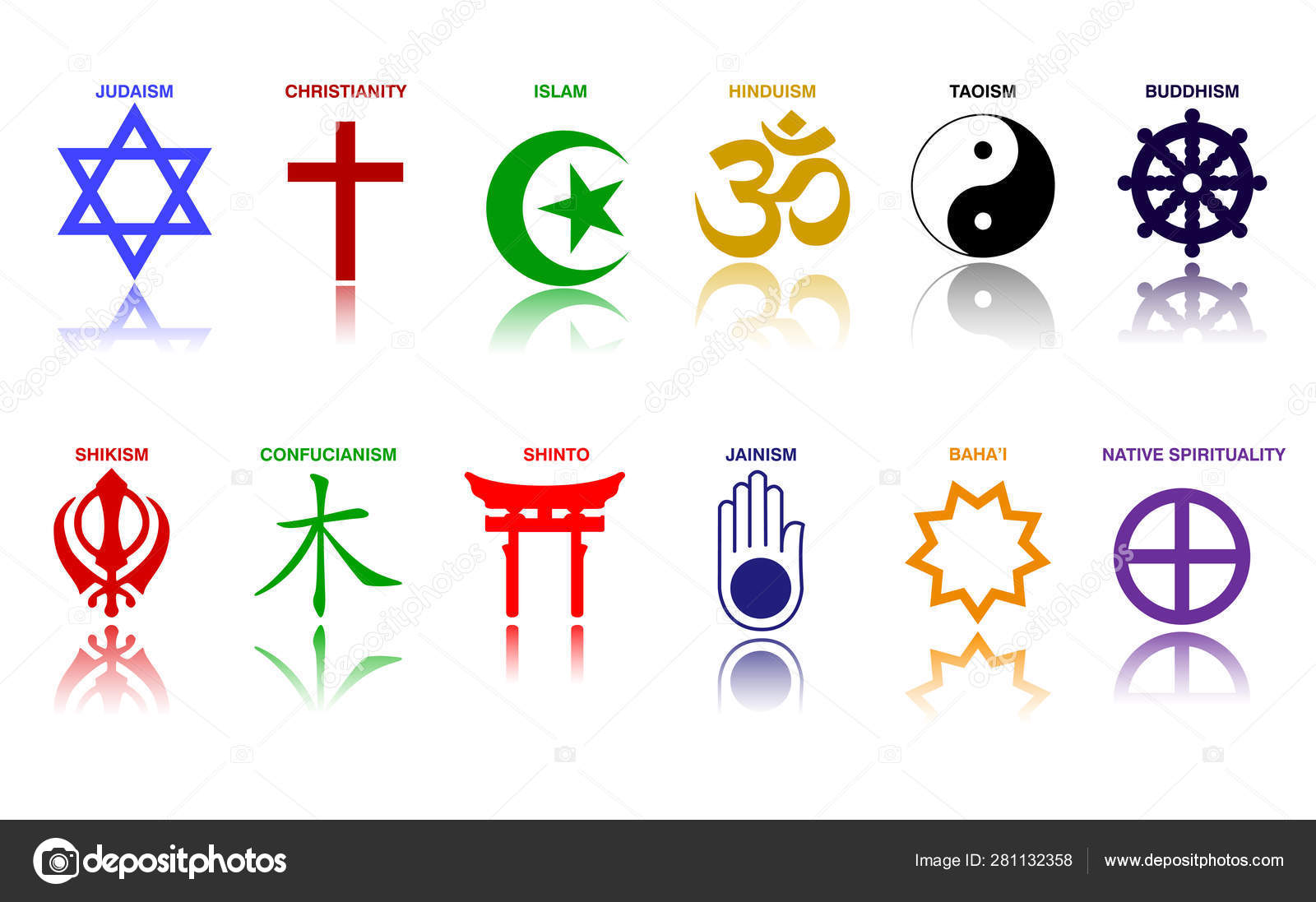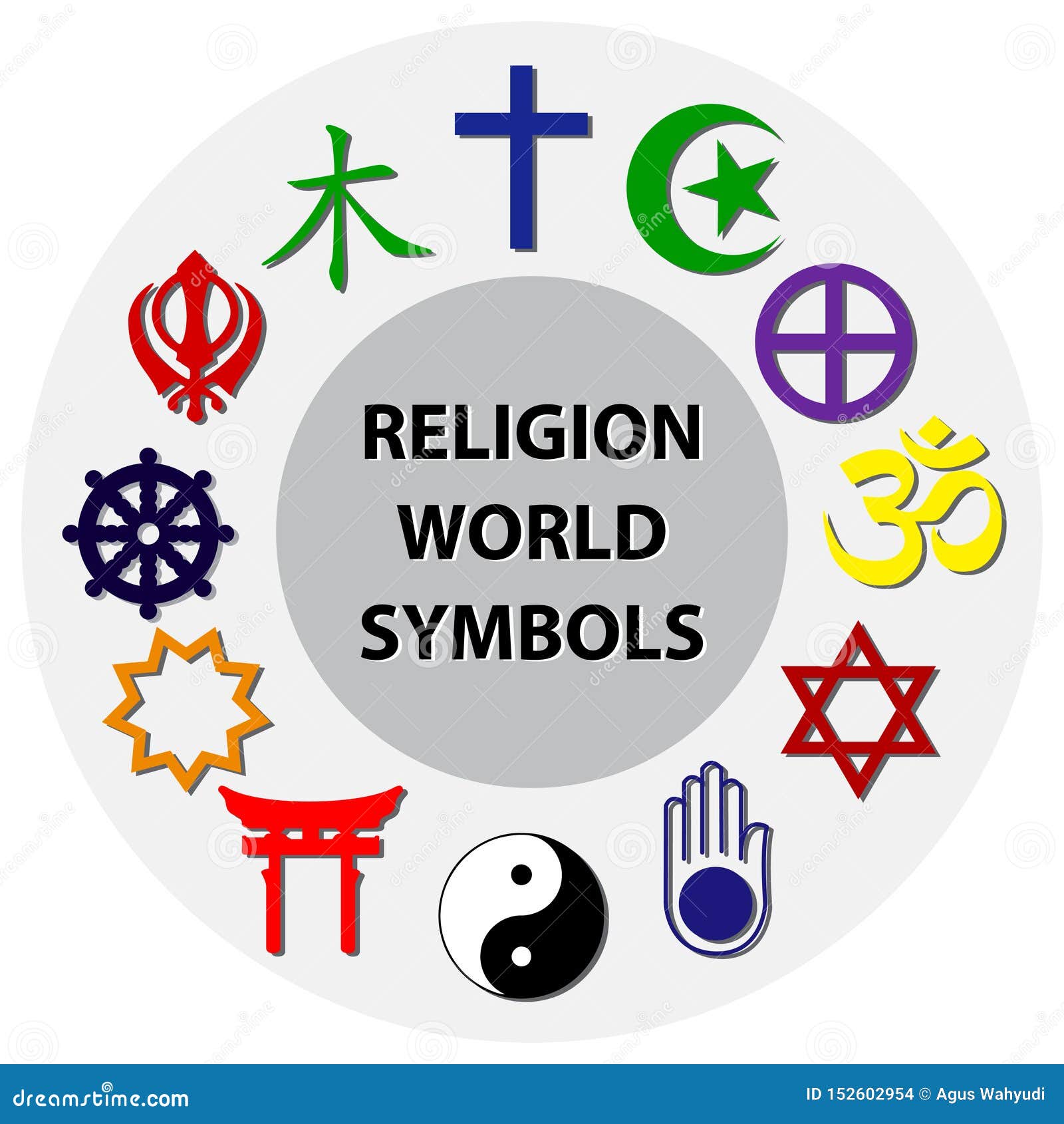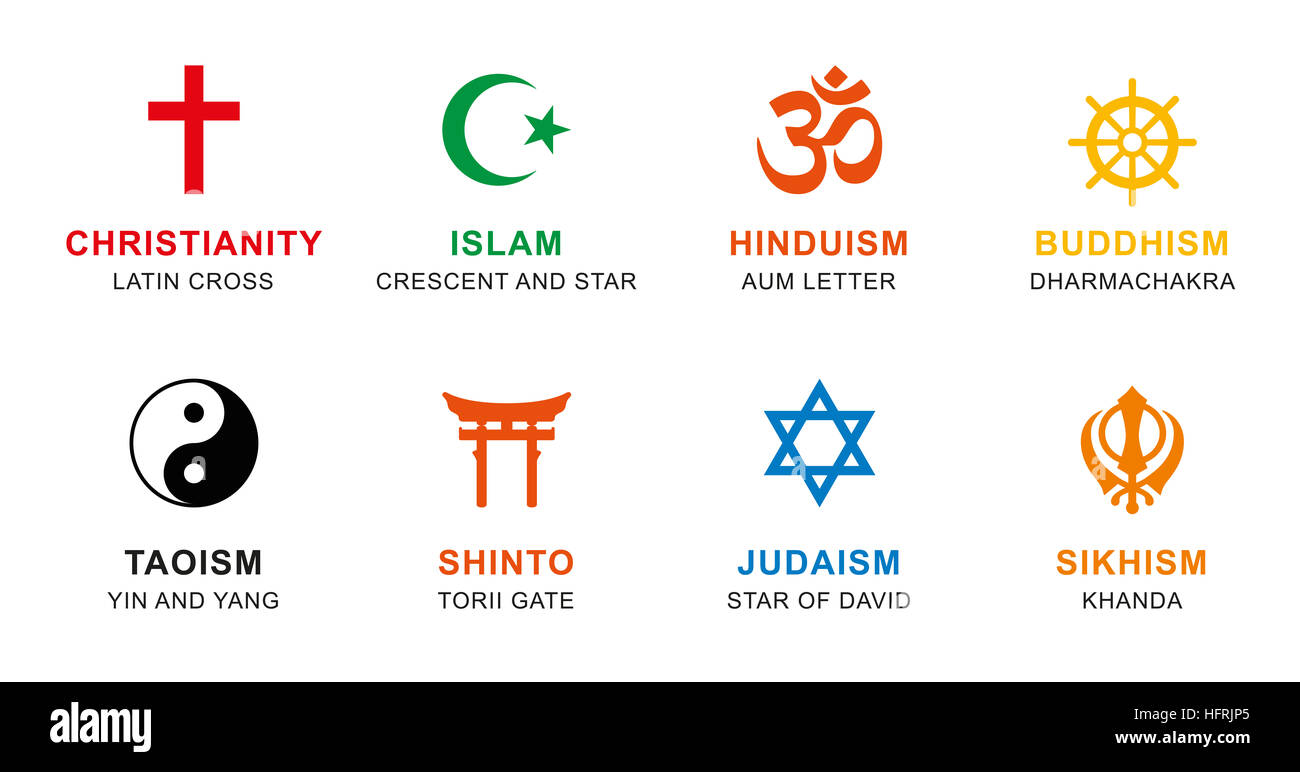Zoroastrianism In Iran: An Ancient Faith's Enduring Legacy
Iran, a land steeped in millennia of history, is often globally recognized for its dominant Shi'a Islamic identity. However, beneath this contemporary veneer lies a spiritual tapestry woven with threads from an even more ancient past. At the heart of this profound historical narrative is Zoroastrianism, a faith that not only predates Islam by thousands of years but also profoundly shaped the very fabric of Iranian culture and governance. This article delves into the rich history, core tenets, and enduring presence of Zoroastrianism in Iran, exploring its journey from a global superpower to a resilient minority, and its continued significance in the modern nation.
Exploring the origins and evolution of Zoroastrianism offers a unique window into the spiritual consciousness of ancient Persia. It reveals how a faith, founded on principles of good thoughts, words, and deeds, became a cornerstone of mighty empires and how its followers, despite centuries of persecution, have managed to preserve their heritage against formidable odds. Join us as we uncover the fascinating story of Zoroastrianism, a religion that remains a vital, though often understated, part of Iran's diverse religious landscape.
Table of Contents
- The Dawn of Monotheism: Zoroastrianism's Ancient Roots
- Core Tenets and Ethical Foundations
- A Journey Through Empires: Zenith and Decline
- Zoroastrianism in Modern Iran: A Minority's Struggle and Recognition
- Symbols and Cultural Heritage
- The Enduring Legacy of Zoroastrianism in Iranian Identity
- Addressing Misconceptions and Future Prospects
The Dawn of Monotheism: Zoroastrianism's Ancient Roots
Zoroastrianism is considered to be the oldest religion still practiced in Iran, a testament to its profound historical depth and enduring spiritual power. It is an Iranian religion that emerged around the 2nd millennium BCE, making it one of the world's oldest monotheistic religions. Its origins are deeply intertwined with the ancient history of the Iranian plateau, from where it eventually spread, laying the groundwork for future empires and cultural identities. Before the rising of Zoroaster, ancient Persians believed in Mithraism, an Iranian religion with multiple gods in which Mithra (the divinity of the sun) was perhaps the most important one. This polytheistic backdrop highlights the revolutionary nature of Zoroastrianism's emergence, shifting the spiritual landscape towards a singular divine focus.
The faith was founded by the prophet Zoroaster (or Zarathustra) in the early second millennium BCE, approximately 3500 years ago. This makes it a contemporary of, or even a precursor to, some of the earliest philosophical and religious movements in human history. First taught amongst nomads on the Asian steppes, Zoroastrianism is one of the earliest revealed religions and is of enormous importance in the history of religions. Its ancient roots also suggest links with the ancient Vedic beliefs of India, indicating a shared Indo-Iranian spiritual heritage that diverged and evolved into distinct religious traditions over millennia. The profound impact of Zoroastrianism, particularly its emphasis on a single, supreme creator, would resonate through history, influencing later Abrahamic faiths.
Prophet Zoroaster and the Birth of a Faith
The figure of Prophet Zoroaster is central to the birth and development of this ancient faith. While details about his life are scarce and often shrouded in legend, it is believed that Zoroaster probably elevated an already existing deity into the role of supreme creator, thus creating what is widely considered the world’s first monotheistic religion—a religion worshipping one creator. This was a radical departure from the polytheistic traditions prevalent at the time, offering a new spiritual paradigm centered on Ahura Mazda (Wise Lord) as the uncreated creator of all, embodying wisdom, goodness, and creativity. The teachings of Zoroaster, compiled in the Gathas (hymns), emphasize a dualistic cosmology where the forces of good (Asha) and evil (Druj) are in constant struggle, but ultimately, good will prevail through human choice and action.
Core Tenets and Ethical Foundations
Zoroastrianism is not merely a set of rituals or beliefs; it is a profound ethical system that guides its adherents towards a life of righteousness and productivity. The religion emphasizes "practical ethics," teaching that the spiritual journey is intrinsically linked to one's actions in the material world. At its core, Zoroastrian philosophy revolves around the triad of "Good Thoughts, Good Words, Good Deeds" (Humata, Hukhta, Hvarshta). This simple yet powerful mantra encapsulates the essence of Zoroastrian morality, advocating for conscious choices that promote order, truth, and creation.
The faith places significant importance on the sanctity of life and the promotion of creation. In this ancient Iranian religion, "celibacy," "homosexuality," and "abortion" are considered sins because they limit the creation of goodness. This perspective underscores a deep reverence for life and its continuation, viewing procreation and the nurturing of life as sacred duties that contribute to the triumph of good in the world. This focus on creation extends beyond human reproduction to encompass all forms of productive activity that benefit humanity and the environment.
Practical Ethics and the Pursuit of Goodness
Beyond personal conduct, Zoroastrianism considers work to be a necessity of life, viewing it as a virtuous activity that contributes to the well-being of the community and the world. It teaches that the evils of laziness and gluttony cause the spread of poverty, reflecting a strong work ethic and a sense of social responsibility. This emphasis on industriousness and self-sufficiency is a hallmark of Zoroastrian thought, encouraging individuals to be active participants in the betterment of society rather than passive observers. The pursuit of goodness is therefore not an abstract concept but a tangible outcome of one's daily efforts, fostering a society built on diligence, honesty, and mutual support. The principles of justice, truth, and charity are also central, guiding adherents to live in harmony with both divine law and the natural world.
A Journey Through Empires: Zenith and Decline
The history of Zoroastrianism is inextricably linked with the rise and fall of ancient Iranian empires, demonstrating its significant role not just as a spiritual guide but also as a unifying force. From its humble beginnings among nomadic tribes, Zoroastrianism gained acceptance and eventual imperial power in Central Asia, reflecting its growing influence and widespread adoption across the Iranian plateau. Its zenith was reached when Zoroastrianism was established as the state religion of the Sassanian Empire in the 3rd century CE. This period marked a golden age for the faith, where its doctrines were codified, its priesthood flourished, and its influence extended across a vast and powerful empire, solidifying its place as a dominant force in the ancient world.
From Achaemenid Acceptance to Sassanian State Religion
The journey of Zoroastrianism to state religion status was gradual but profound. During the Achaemenid Empire in the 6th century BCE, Zoroastrianism gained official status, though it coexisted with other regional beliefs. The Achaemenid kings, notably Cyrus the Great and Darius I, were influenced by Zoroastrian principles of truth, justice, and order, incorporating them into their governance and imperial ideology. This period saw the faith spreading through the Iranian plateau, becoming a foundational element of Persian identity. The Faravahar, one of the symbols of Zoroastrianism, an Iranian religion, became widely recognized during this era, symbolizing divine guidance and human progression. By the time of the Sassanian Empire, Zoroastrianism had fully matured into a highly organized state religion, with a powerful clergy and a rich body of sacred texts, influencing every aspect of imperial life, from law to art and architecture.
The Arab Conquest and the Flight of the Parsis
The golden age of Zoroastrianism in Iran came to an abrupt end with the fall of the Sassanian Empire in 652 CE to Arab Muslims. This pivotal event marked a dramatic turning point for the faith and its followers. When the Sassanian Empire fell, Zoroastrians were forced to flee, convert, or practice in secret. This period initiated centuries of decline and persecution for the Zoroastrian community in their homeland. Many chose to preserve their faith by migrating, and a group of Zoroastrians, known as Parsis, fled to Gujarat, India, where they found refuge and established a vibrant community that thrives to this day. This exodus ensured the survival of Zoroastrianism, albeit primarily outside its land of origin. Until Arabs conquered Iran during the seventh century, Zoroastrians, Jews, and Christians there could practice their own devotions unhindered. Thereafter, they became minorities who were persecuted, marking a significant shift in Iran's religious demographics and policies towards non-Muslim faiths.
Zoroastrianism in Modern Iran: A Minority's Struggle and Recognition
Despite the historical persecution and the significant decline in their numbers, Zoroastrians continue to maintain a presence in Iran today, embodying resilience and a deep connection to their ancestral land. The largest communities of Zoroastrians are located in India and Iran. In the former, there are an estimated 60,000 Parsis, which is the name given to followers of Zoroastrianism in India. Iran has about 25,000 Zoroastrians, making them a small but historically significant minority. Their continued existence is a testament to the enduring power of their faith and cultural heritage.
The status of Zoroastrians in modern Iran is complex. Iran’s constitution recognizes Islam as the state religion while also acknowledging Zoroastrianism, Judaism, and Christianity as minority religions. These recognized minorities are allowed to practice their faiths, have representation in the parliament, and run their own schools and social institutions. This constitutional recognition provides a degree of protection and legitimacy. However, the reality on the ground can be challenging. Despite legal recognition, the Zoroastrian community in Iran faces significant pressures. They are often heavily persecuted by the country’s Shiite Islamic fundamentalist regime, experiencing discrimination in various aspects of life, from employment to legal rights. Much that is written about the Zoroastrians of Iran portrays them as a venerable and quaint religious community, but these followers of an ancient faith are not insulated from the tribulations of a society where their religion is not dominant. Their perseverance in the face of these challenges highlights their unwavering commitment to their ancient traditions and their identity as followers of Zoroastrianism in Iran.
Symbols and Cultural Heritage
The rich heritage of the Zoroastrian religion in Iran is not only preserved in its sacred texts and practices but also in its powerful symbols and profound influence on Iranian culture. The Faravahar is one of the most recognizable symbols of Zoroastrianism, an Iranian religion. This winged disc, often depicted with a human figure, symbolizes the human soul's progression towards spiritual growth and the pursuit of good thoughts, words, and deeds. It is ubiquitous in Iran, appearing on ancient ruins, modern art, and even personal jewelry, reflecting its deep resonance with Iranian identity, far beyond the confines of religious adherence.
Beyond symbols, Zoroastrianism has left an indelible mark on Iranian traditions, festivals, and even language. Many Iranian festivals, such as Nowruz (the Persian New Year), Chaharshanbe Suri (fire festival), and Sizdah Bedar (nature day), have ancient Zoroastrian roots, celebrating nature, renewal, and the triumph of light over darkness. These celebrations are widely observed by Iranians of all religious backgrounds, demonstrating how deeply Zoroastrian heritage is woven into the national fabric. The Iranian religions, also known as the Persian religions, are, in the context of comparative religion, a grouping of religious movements that originated in the Iranian plateau, which accounts for the bulk of what is called Greater Iran. This broader category underscores the unique spiritual landscape of the region, with Zoroastrianism as its most prominent and enduring ancient faith. The influence extends to ethical concepts, architectural styles, and even the Persian language, where many terms and concepts reflect Zoroastrian philosophical underpinnings.
The Enduring Legacy of Zoroastrianism in Iranian Identity
Religion in Iran has been shaped by multiple religions and sects over the course of the country's history, yet Zoroastrianism holds a unique place as the spiritual bedrock upon which much of Iranian identity was formed. Its principles of cosmic dualism, the importance of free will, and the ultimate triumph of good over evil have permeated Persian thought and culture for millennia. The concept of "fravashi" or guardian spirit, and the emphasis on ecological preservation, are just a few examples of how Zoroastrian ideas continue to resonate in contemporary Iran, even among those who do not practice the faith. This historical depth and cultural penetration mean that Zoroastrianism is not merely a minority religion; it is a foundational element of Iran's national heritage.
The reverence for light, fire, and nature, so central to Zoroastrian worship, is still evident in Iranian daily life and cultural practices. The ancient fire temples, though often in ruins, stand as silent witnesses to a glorious past, drawing tourists and scholars alike. The very notion of "Iran" as the "land of the Aryans" is tied to the historical and mythological narratives that Zoroastrianism helped to shape. While the nation is now dominated by Shi'a Islam, the nation’s spiritual life also preserves the teachings of Zoroastrianism, one of the world’s oldest faiths. This preservation is not just through the remaining community but through the collective memory and cultural practices of the entire nation. The intellectual and ethical contributions of Zoroastrianism, from its proto-monotheistic ideas to its emphasis on practical ethics and social responsibility, have left an indelible mark on philosophical and religious thought far beyond Iran's borders, influencing Judaism, Christianity, and Islam in various subtle ways. The heritage of the Zoroastrian religion in Iran is therefore a living legacy, constantly interacting with and enriching the country's modern identity.
Addressing Misconceptions and Future Prospects
It is important to address common misconceptions about Zoroastrianism in Iran. Often, much that is written about the Zoroastrians of Iran portrays them as a venerable and quaint religious community, a relic of the past. However, this perception overlooks the ongoing challenges and vibrant, albeit quiet, efforts of the community to preserve its identity. These followers of an ancient faith are not insulated from the tribulations of modern life, including the socio-political pressures within Iran. The community actively works to maintain its traditions, educate its youth, and contribute to Iranian society, despite the inherent difficulties of being a non-dominant faith.
The future of Zoroastrianism in Iran, while challenging, is also marked by a quiet determination. With constitutional recognition, albeit imperfectly applied, the community has avenues for self-preservation and advocacy. The global Zoroastrian diaspora, particularly the Parsi community in India, also plays a role in supporting their co-religionists in Iran through cultural exchange and humanitarian aid. The academic interest in ancient Iranian religion, insofar as possible, apart from Zoroastrianism, also contributes to a broader understanding and appreciation of this unique heritage. Unless otherwise indicated, all spellings of Iranian names and terms are given in reconstructed forms that often differ from the Avestan spellings of the Zoroastrian canon, reflecting the ongoing scholarly effort to accurately represent this ancient tradition. The hope for the future lies in continued dialogue, greater understanding, and the recognition of Zoroastrianism not just as a historical artifact, but as a living faith with a vital role in Iran's diverse cultural and spiritual landscape, as articulated by scholars like Massoume Price in "Zoroaster and Zoroastrians in Iran" (December 2001).
Conclusion
Zoroastrianism in Iran stands as a profound testament to the enduring power of faith and cultural heritage. From its emergence around 3500 years ago as the world's first monotheistic religion, founded by Prophet Zoroaster, it shaped empires, influenced global thought, and instilled a deep ethical framework based on good thoughts, words, and deeds. Despite centuries of persecution following the Arab conquest and the fall of the Sassanian Empire, the Zoroastrian community has resiliently maintained its presence in its ancestral homeland, alongside its vibrant diaspora in India.
Today, while a recognized minority in Iran's constitution, Zoroastrians continue to navigate a complex environment, preserving their unique traditions, symbols like the Faravahar, and their profound contributions to Iranian culture and identity. Their story is not just one of survival, but of a living legacy that continues to enrich the diverse tapestry of Iran's spiritual life. We hope this exploration has shed light on the remarkable journey of Zoroastrianism in Iran. What are your thoughts on the resilience of ancient faiths in the modern world? Share your insights in the comments below, and consider exploring other articles on ancient religions to deepen your understanding of humanity's spiritual journey.
- Fashion Outlets Of Chicago
- Iran Imam Khomeini Airport
- Iran Culture
- Israel Iran Border
- Baseball Lifestyle 101

World religion symbols colored signs of major religious groups and

World Religion Symbols Colored Signs of Major Religious Groups and

Religion Symbols Cut Out Stock Images & Pictures - Alamy